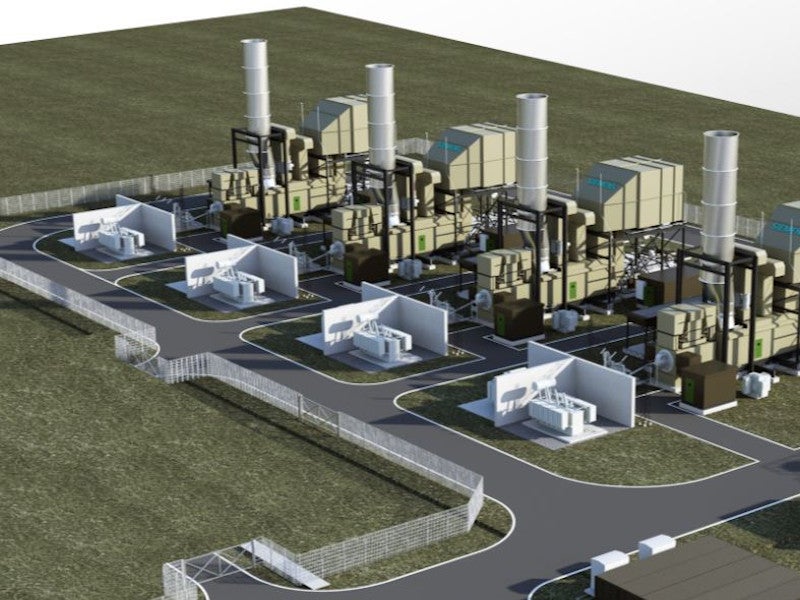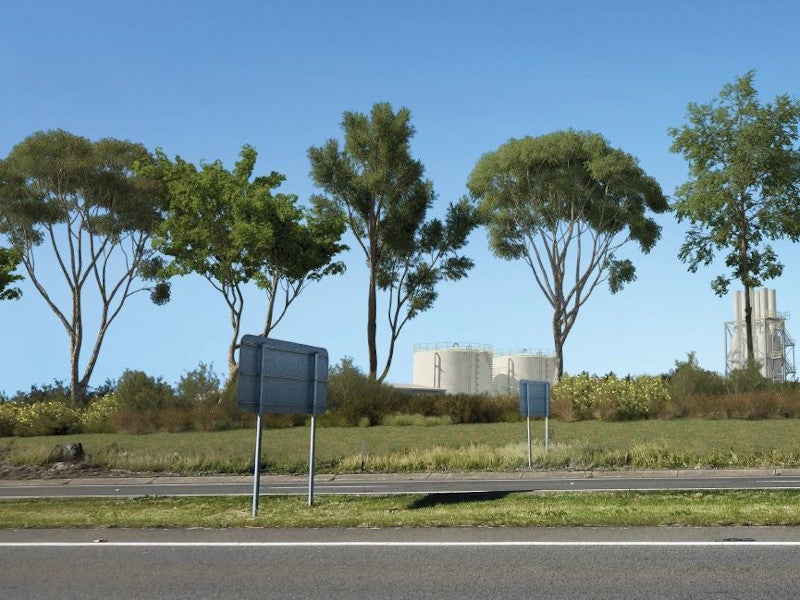The Newcastle power station (NPS) is a 250MW dual-fuel power project proposed to be developed by AGL Energy in Tomago, New South Wales (NSW), Australia.
Designed to operate on natural gas and liquid fuel, the plant is intended to function as a fast-response peaking power plant during periods of high energy demand.
Construction of the A$400m ($272.5m) Newcastle power station is scheduled to begin in 2021, while commissioning is expected to be completed in 2022. The power station is designed for an operational life of 25 years.
The project is expected to create approximately 300 direct jobs during the peak construction period, in addition to 23 operational jobs.
Newcastle power station background
AGL Energy plans to develop the 250MW Newcastle power project as part of its strategy to counteract the loss of power generation capacity due to the phased shutdown of its 2,000MW Liddell coal-fired thermal power station between 2022 and 2023.
NSW Government recognised NPS as a critical State Significant Infrastructure project to improve energy security in the state in December 2018.
The environmental impact statement (EIS) for the 250MW project was released for public consultation in November 2019.
Location and site details
Newcastle gas-fired power station is proposed to be developed on a 90.59ha site between the Old Punt Road and the Pacific Highway, approximately 2km northeast of Hexham, Port Stephens council area, Tomago, NSW.
The site is situated in the vicinity of AGL’s existing Newcastle Gas Storage Facility (NGSF) and the TransGrid’s Tomago switching station.
Newcastle power station details
The proposed Newcastle dual-fuel power station will be equipped with either aero-derivative gas turbines of up to 70MW capacity per unit or reciprocating engines of approximately 18MW capacity each.
The height of the exhaust stacks for reciprocating engines will be approximately 45m, while the height of the gas turbines will be 35m. The plant will be fitted with a continuous emission monitoring system (CEMS) to ensure regulatory compliance.
The power station will use natural gas as a primary fuel, while diesel will be used as a back-up fuel. Closed-circuit cooling water systems will be used for the plant operations.
The facility will be capable of generating power at short notice and can reach full generating capacity within five minutes.
Although primarily intended to be operated as a peaking plant, the NPS facility will also be designed for continuous operation if there is a requirement for the same to support the operational flexibility in the Australian national electricity market (NEM).
An integrated control system will be installed for automated operations that can be controlled from either an onsite or a remote control room.
Gas and water supply
Natural gas for the Newcastle power station will be sourced either from AGL’s Newcastle Gas Storage Facility (NGSF) or the Jemena Gas Network (JGN) through a new connection to AGL’s existing pipeline, PL42.
Located on the eastern side of Old Punt Road, the PL42 connects the NGSF with the JGN.
Newcastle power station is estimated to consume 120,000m³ of water a year during peak operations and up to 800,000m³ of water during continuous operations, which will be supplied from the Port Stephens municipal potable water supply system.
Transmission details
The electricity generated by the NPS will be transferred into the national electricity network through a new 132kV transmission line, connecting the existing TransGrid Tomago 132kV switching station located approximately 500m south-east of the plant site.
Infrastructure facilities
NPS project involves the construction of a 30m-wide main access road from the Old Punt Road and an emergency access road from the Pacific Highway.
Other ancillary infrastructure facilities include a natural gas reception yard with compressors, gas metering and pigging facilities, diesel storage and truck unloading facilities, a water treatment plant, process water storage ponds, a control room, office buildings, and workshop areas.






